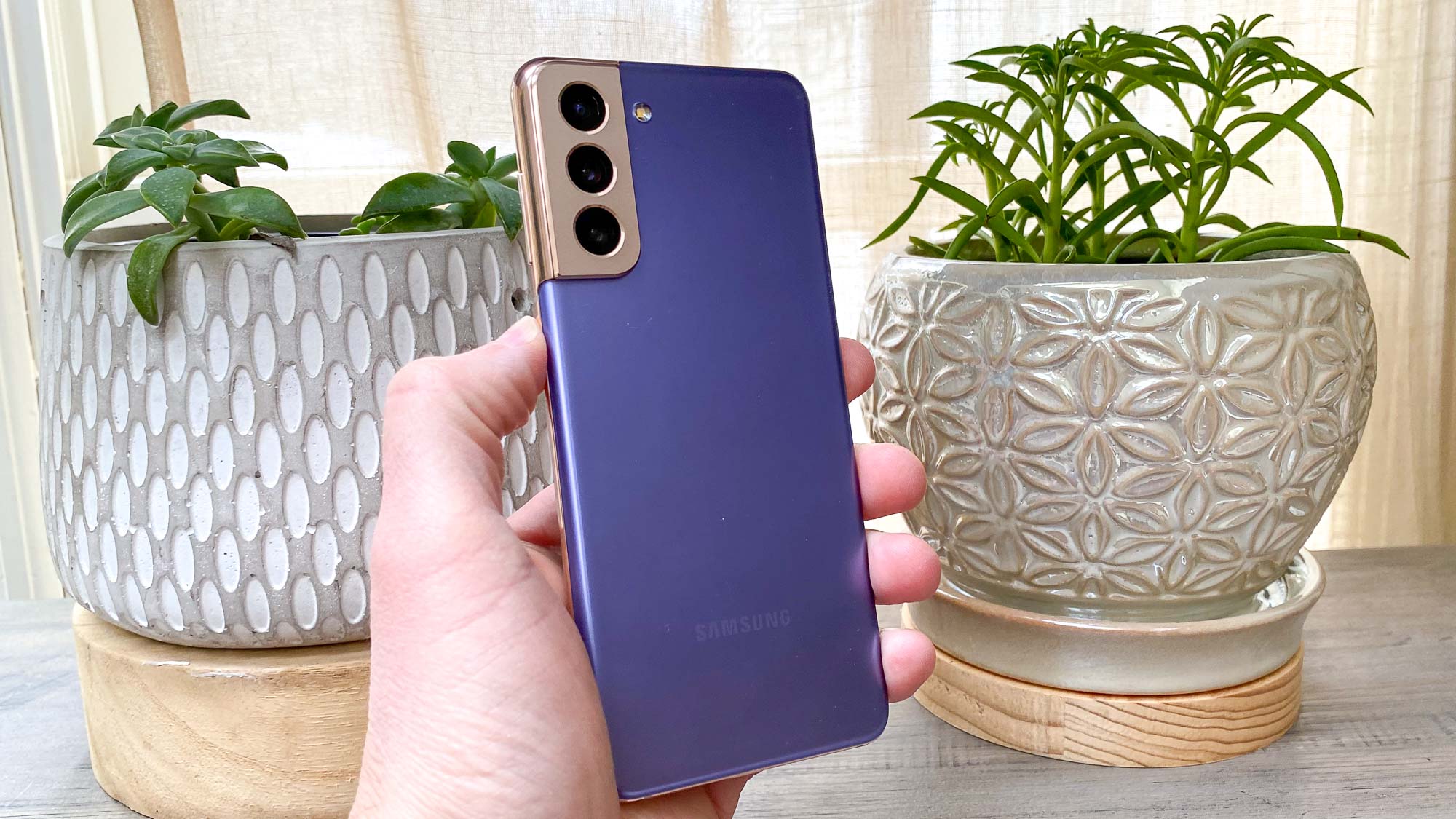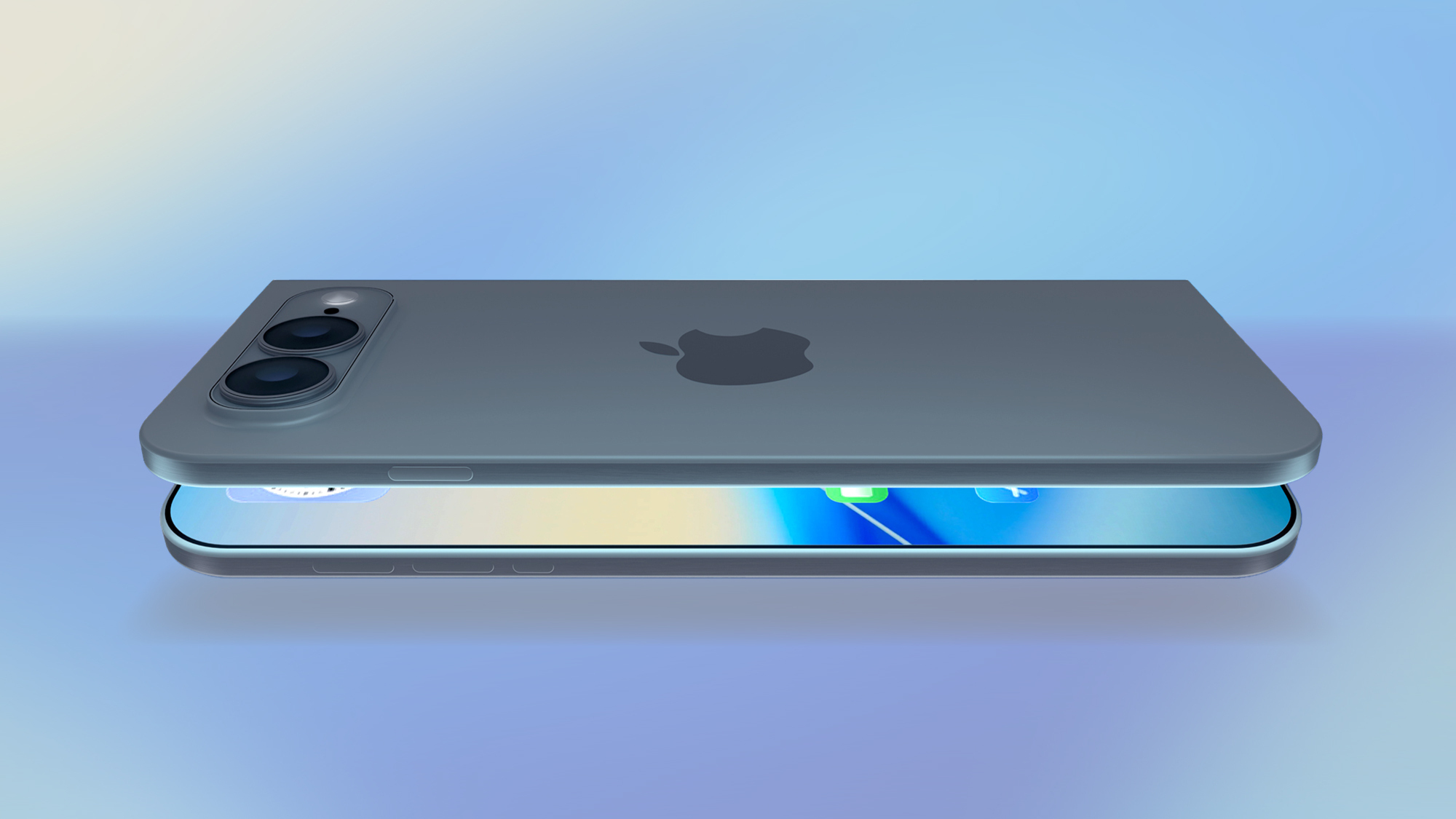Samsung Galaxy S21 surprise downgrade just confirmed
Samsung Galaxy S21 just killed off Samsung Pay's unique MST feature

The Samsung Galaxy S21 sports a cool new design and several welcome upgrades, but there’s a ton of trade-offs for its $200 cheaper price. From a missing charger and microSD card slot to a lower-res display, there’s a lot of stuff you give up.
And now you can add one more caveat to the list.
- Samsung Galaxy S21 review (hands on)
- Here are the best phones you can buy today
- Plus: Samsung Galaxy S21 cameras — 4 best new features
The Samsung cash app doesn't support magnetic stripe technology (MST) payments on the Galaxy S21 in the U.S., according to specs sheets for the phone. It may not seem like a big deal, but this was actually a feature unique to Samsung Pay, and one that users will miss.
A statement from Samsung given to Android Police confirms this, saying the decision was taken in light of "the rapid adoption of near field communication (NFC) technology by consumers and businesses."
Furthermore, Samsung also said that it had no plans to support MST on any future phones, although existing compatible models will continue to support it.
This is the latest feature discovered to have disappeared during the transition from the Galaxy S20 to the Galaxy S21. While the S21 starts at $799, $200 less than last year's Galaxy S20, the S21 and S21 Plus have also moved to a lower FHD resolution display, and a smaller 8GB of RAM (down from 12GB).
In addition, none of the three S21 phones have a microSD card slot for additional storage and none come with a charger in the box. However, the range-topping Galaxy S21 Ultra does retain QHD resolution and the option for 12GB or 16GB RAM.
Get instant access to breaking news, the hottest reviews, great deals and helpful tips.
Samsung Galaxy S21: changes to Samsung Pay
While NFC and contactless payments are becoming increasingly common around the world, there remain a lot of small U.S. businesses that will only accept the older-style credit and debit cards with a magnetic stripe. This was something Samsung Pay, despite being a contactless service, could support.
MST allowed Samsung Pay devices to produce a fake magnetic stripe signal that would be registered by the card machine. It let you use older card readers just like you would a new NFC reader, a convenient form of backward compatibility that meant you didn't have to carry both your Samsung Pay device and your payment card.
Samsung Pay was estimated to have around 51 million users back in 2018. That's nothing compared to Apple Pay (441 million in 2018). And since then Google Pay has undergone a major set of upgrades that have made it a more genuine rival to Samsung Pay. But while Samsung's app may not have the largest userbase, starting the phasing out of such a unique feature could pose a problem to people still relying on older tech to sell their products and services.

Richard is based in London, covering news, reviews and how-tos for phones, tablets, gaming, and whatever else people need advice on. Following on from his MA in Magazine Journalism at the University of Sheffield, he's also written for WIRED U.K., The Register and Creative Bloq. When not at work, he's likely thinking about how to brew the perfect cup of specialty coffee.
